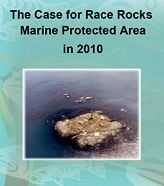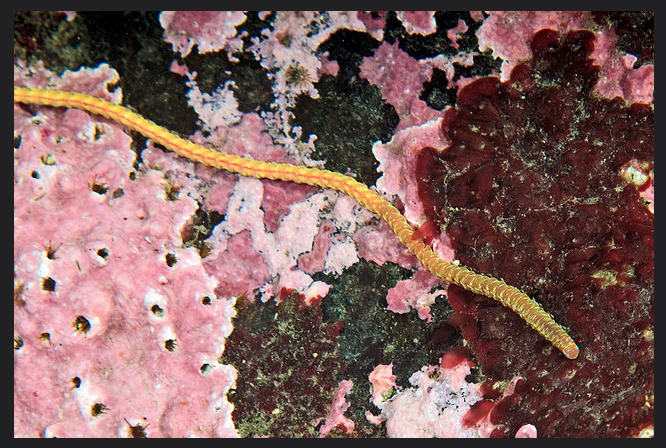Kingdom: Animalia
Phylum: Mollusca
Class: Gastropoda
Order: Opisthobranchia
Suborder: Nudibranchia
Superfamily: Doridoidea
Family: Discodorididae
Genus: Geitodoris
Species: G. heathi
Geitodoris heathi (MacFarland, 1905)
Synonyms Discodoris heathi
Other Members of the Phylum Mollusca at Race Rocks.
and Image File |
 The Race Rocks taxonomy is a collaborative venture originally started with the Biology and Environmental Systems students of Lester Pearson College UWC. It now also has contributions added by Faculty, Staff, Volunteers and Observers on the remote control webcams. Oct 2010 , by Ryan Murphy The Race Rocks taxonomy is a collaborative venture originally started with the Biology and Environmental Systems students of Lester Pearson College UWC. It now also has contributions added by Faculty, Staff, Volunteers and Observers on the remote control webcams. Oct 2010 , by Ryan Murphy |

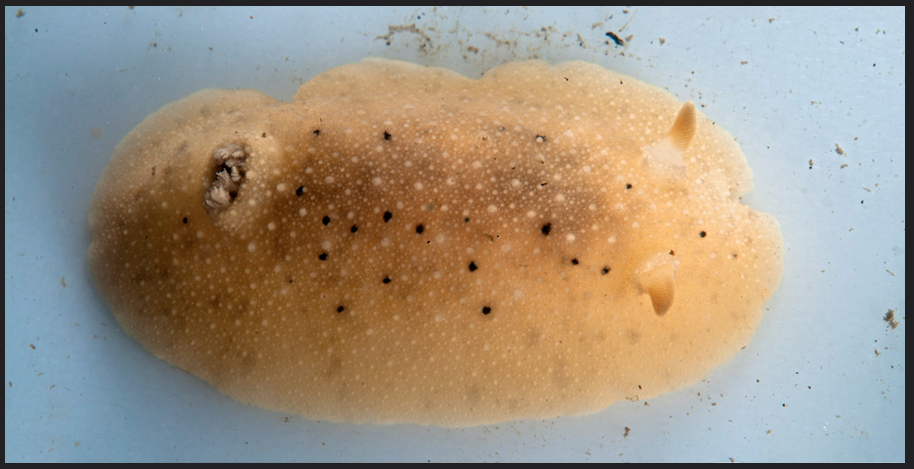
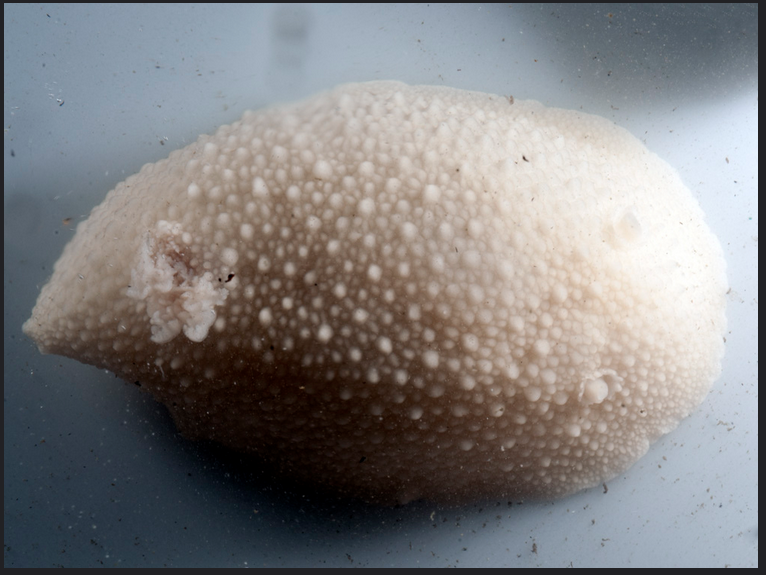
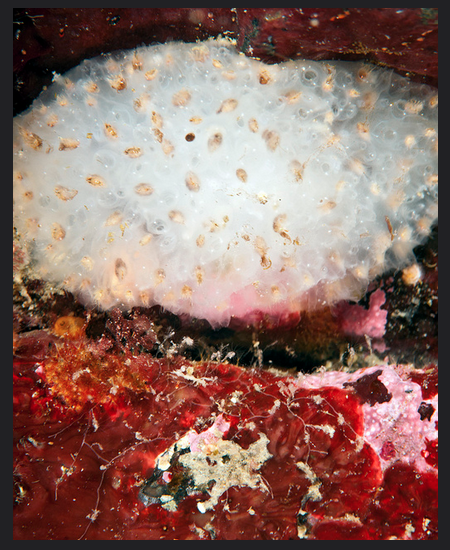
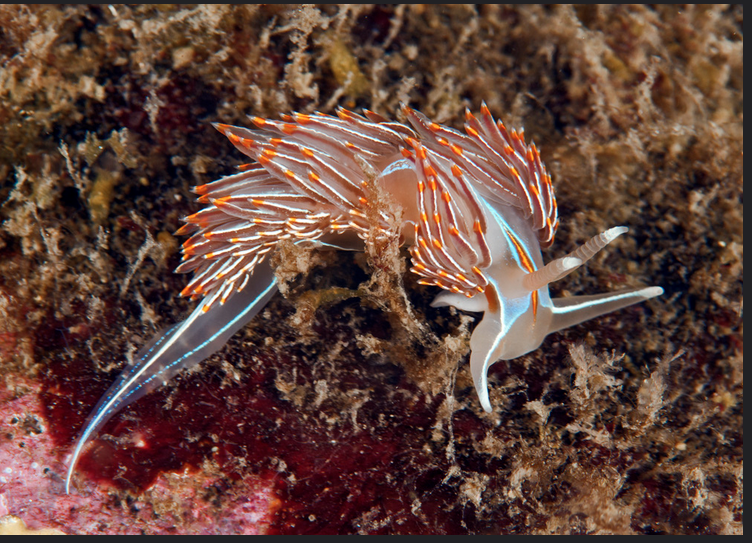

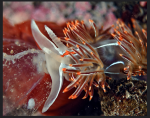
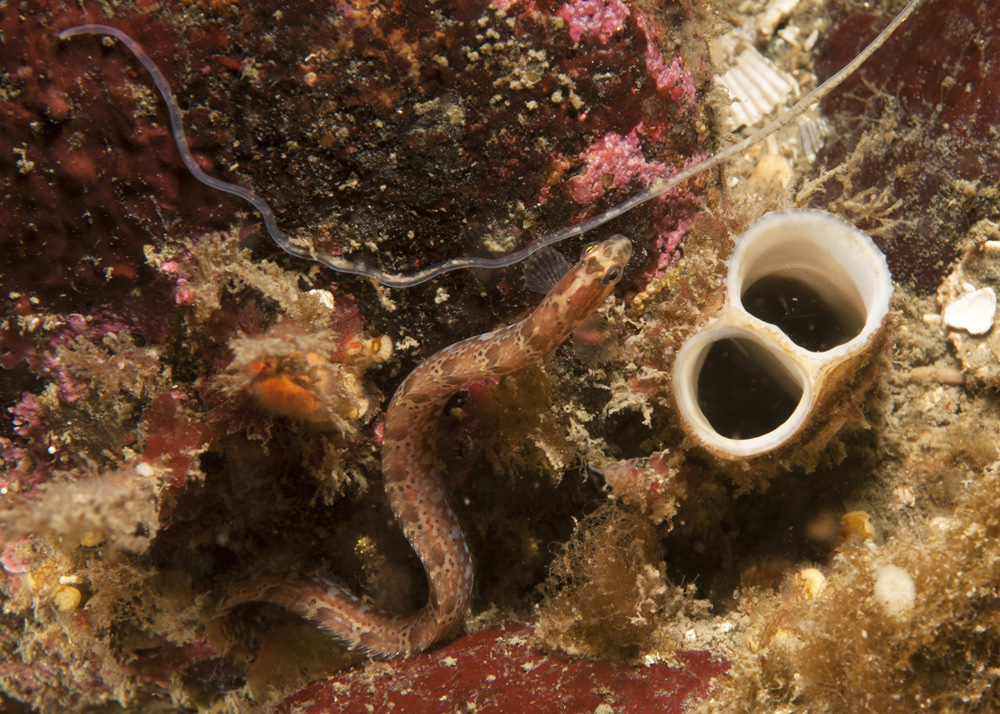
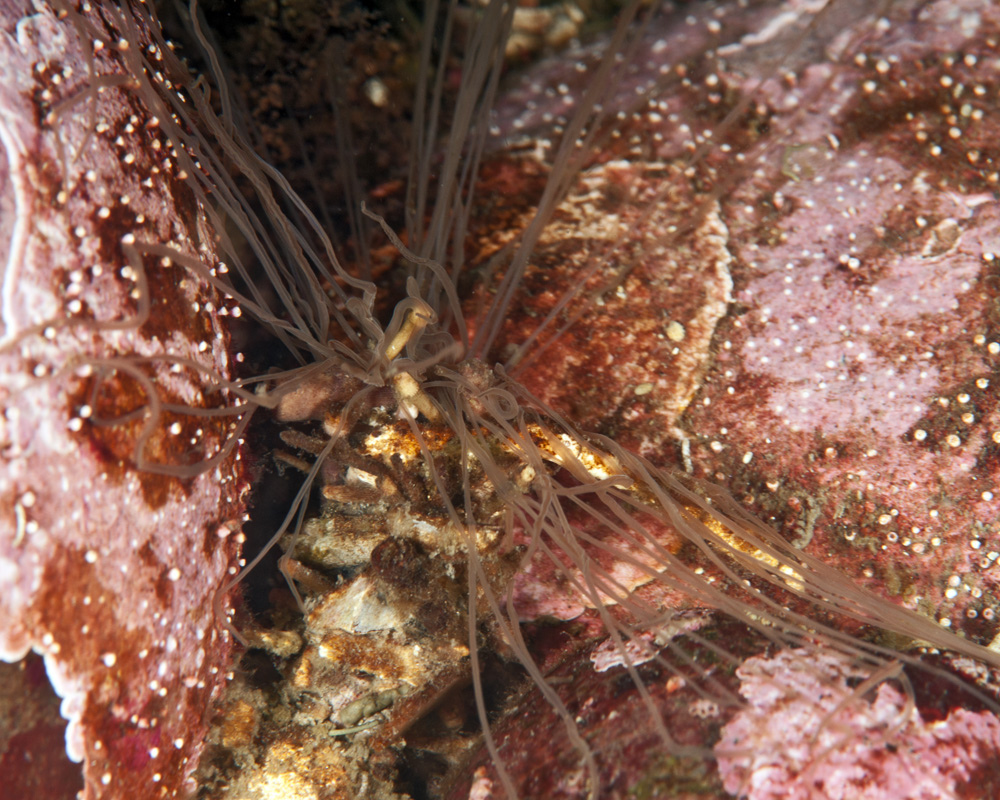
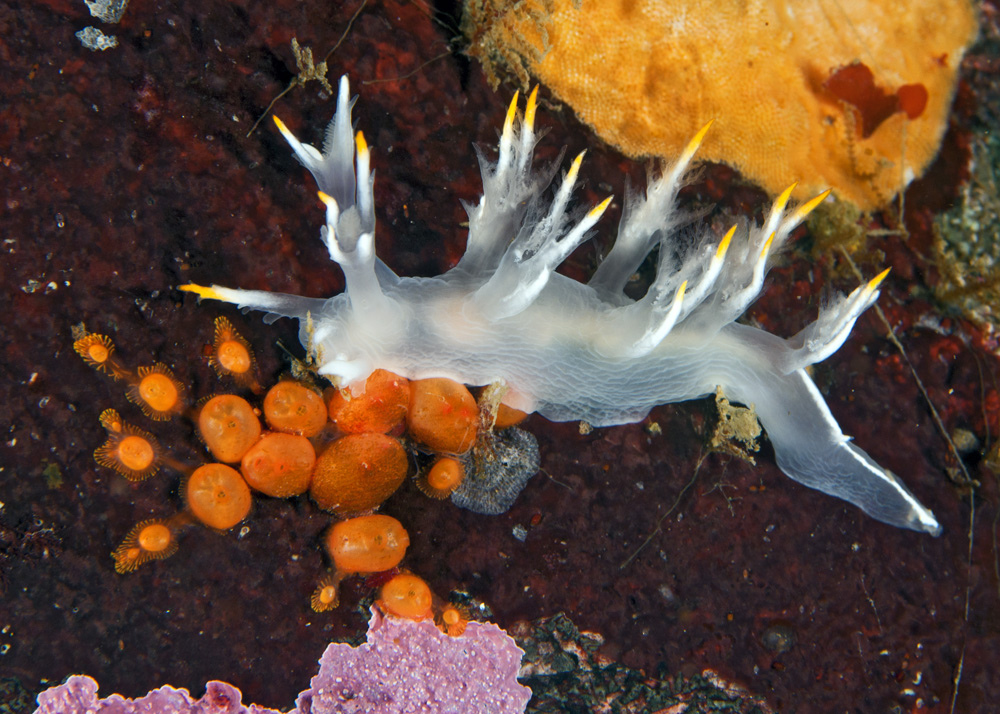
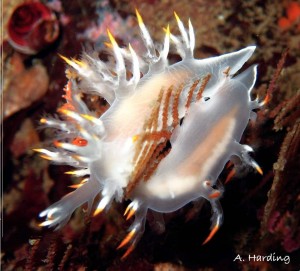
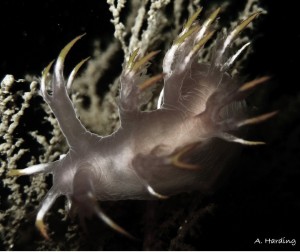
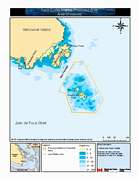 Proposed boundary areas
Proposed boundary areas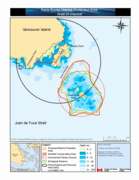 Proposed boundary areas detail
Proposed boundary areas detail